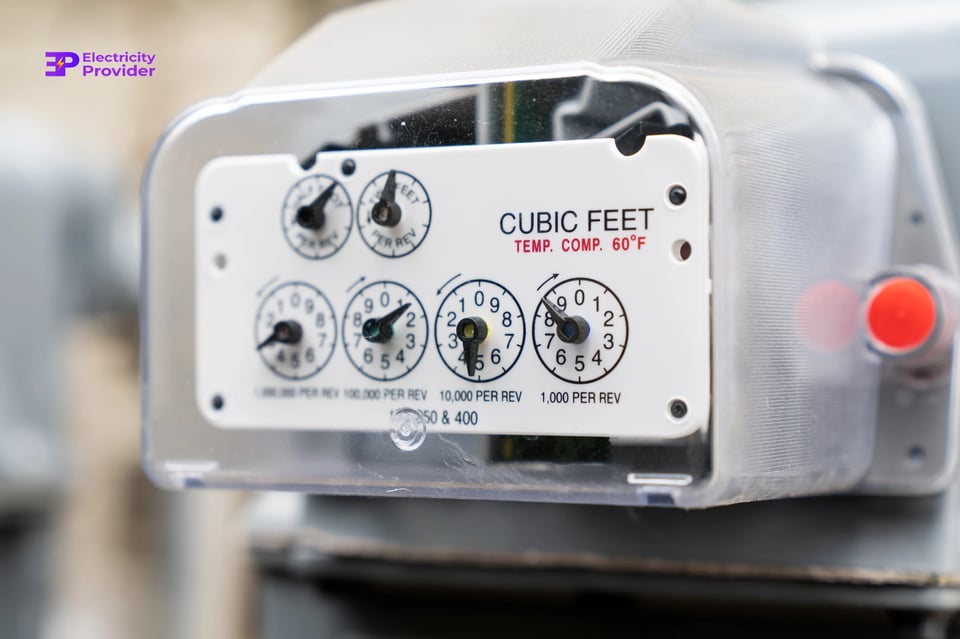This blog delves into what factors to consider, how to conduct effective comparisons, and provides insights into WA’s electricity landscape, all while emphasizing transparency, trust, and actionable steps.

Published on 17/11/2024
By Pallav Verma
Energy Comparison
Finding the ideal electricity provider in Western Australia (WA) can be a daunting task. With numerous providers and plans on the market, each varying in price and structure, consumers are often left wondering: How do I find the most cost-effective provider for my needs? This blog delves into what factors to consider, how to conduct effective comparisons, and provides insights into WA’s electricity landscape, all while emphasizing transparency, trust, and actionable steps.
Electricity rates in WA are influenced by a variety of factors. Here’s a breakdown of what goes into these costs:
For detailed information on energy pricing and tariffs, refer to Energy Policy WA.
In Western Australia (WA), residential electricity prices are regulated by the state government and are reviewed annually as part of the state budget process. As of July 1, 2024, the standard residential electricity tariff (A1) is set at 30.82 cents per kilowatt-hour (kWh). This rate is determined by the WA government and is outlined in the Energy Operators (Electricity Retail Corporation Charges) By-laws 2006.
Source - Government of Western Australia
It's important to note that the Australian Energy Regulator (AER) oversees electricity pricing in the National Electricity Market (NEM), which includes states like New South Wales, Victoria, Queensland, South Australia, Tasmania, and the Australian Capital Territory. However, WA operates its own electricity market, separate from the NEM, and therefore, the AER does not regulate electricity prices in WA.
For the most accurate and up-to-date information on electricity tariffs in WA, consumers should refer to the WA government's official publications or the websites of local electricity providers.
While there are multiple providers in WA, here are a few that are known for competitive offerings:
For the most current information on Synergy's plans and any available discounts or rewards, it's advisable to consult their official website or contact them directly.
For the most current information on Kleenheat's plans and rates, please visit their official website.
To make an informed choice, use independent comparison platforms that aggregate real-time data from multiple providers. The following steps can help:
The variance in electricity prices across WA comes down to factors such as:
3 pm to 9 pm: 10 cents per kilowatt-hour (kWh)
Other times: 2 cents per kWh
For comprehensive information on solar energy incentives and guidelines, the Clean Energy Council offers valuable resources. Their website provides details on government rebates, feed-in tariffs, and accredited solar installers. Exploring these resources can help you make informed decisions about investing in solar power.
A report by the Australian Competition and Consumer Commission (ACCC) reveals that Australians could save a collective $200 million each year by switching from major banks to more affordable providers for international money transfers. This highlights the importance of routinely assessing and updating your financial services to secure the best value available.
To give a clearer picture of what you might expect when exploring electricity plans in WA, here are examples of current offerings from top providers:
Usage Charge: 31.5823 cents per kilowatt-hour (c/kWh)
Daily Supply Charge: 113.2200 cents
This plan is well-suited for households with consistent electricity usage patterns throughout the day, offering simplicity without the need to monitor peak or off-peak periods.
Horizon Power provides electricity services to regional and remote areas of Western Australia, with pricing structures that reflect the unique challenges of these locations. As of July 1, 2024, the standard residential tariff (A2) includes:
These rates are consistent across Horizon Power's service areas, ensuring uniform pricing for all customers.
Horizon Power also offers the K2 Combined Use Tariff for premises used for both residential and business purposes, with consumption under 160 megawatt-hours per annum. This tariff features:
These plans are designed to meet the specific needs of regional households, offering reliable energy solutions tailored to diverse community requirements.
Kleenheat, a prominent energy provider in Western Australia, offers natural gas services to residential customers. Their Monthly Energiser plan provides a 35% discount on natural gas usage charges for at least 12 months, with no lock-in contracts.
Additionally, Kleenheat has partnerships that offer further savings. For example, RAC members can enjoy an extra 3% off their natural gas usage charges, bringing the total discount to 38% for 12 months on the Monthly Energiser plan.
For the most current information on Kleenheat's plans and rates, please visit their official website.
When choosing an electricity plan, consider:
The key to finding the most cost-effective electricity provider in WA lies in understanding your unique energy consumption habits and staying updated with market trends. Regularly comparing plans based on current rates, contract terms, and benefits ensures you get the best deal. Remember, what’s suitable for one household might not be the best for another.
Utilize trusted electricity comparison solutions like Electricity Provider, which partners with multiple retailers to offer a comprehensive view of available options. Additionally, keep an eye on energy rebates and state incentives to maximize the value of your electricity plan. For the most current data and plan comparisons, refer to reputable energy platforms and provider sites directly.



